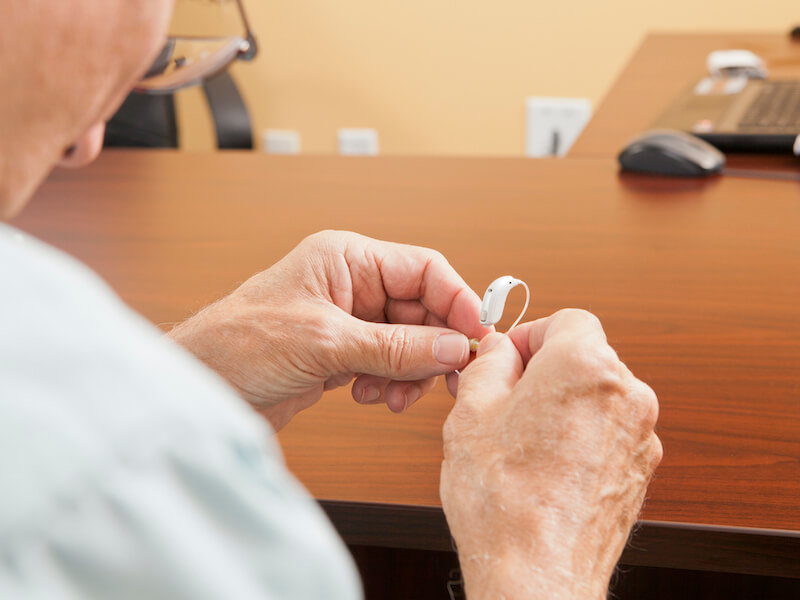
You go out of your way to be certain your hearing aids are well taken care of. When you go to bed, you always put them comfortably on the charger and you clean them every day.
Suddenly and discouragingly, your hearing aids aren’t working the way they once did. Fortunately, there are a few steps you can take to diagnose the problem. Just don’t forget: your number one job is to refrain from damaging your hearing aid additionally (or you may have to replace them).
Hearing aid troubleshooting
You kept the owner’s manual that came with your shiny new hearing aids, right? Hopefully, you did so that you can check with your owner’s manual to perform maintenance and troubleshooting. Each model of hearing aid can be somewhat different so it’s essential to follow the manual’s recommendations.
On most models there are some other things you can check, here are a few:
- Check your battery: You’ll still want to assess the battery power even if you had your hearing aids charging overnight. It might be a good idea to check if you might need new batteries or if the old ones are properly inserted, especially if your batteries are replaceable.
- Keep your microphone clear: Check your hearing aid to see if anything is obstructing the microphone. Your hearing aid might feedback or merely fail to work if the microphone is blocked.
- Wax accumulation: Be certain that there is no wax on your hearing aid by giving it a visual inspection. Even if you perform regular cleaning, sometimes wax can build up quickly, so it’s worth ticking this off your list.
- Check for noticeable damage: Does your hearing aid have any obvious loose components or cracks around its shell? If you discover cracks, it could mean that moisture is getting in and there might be more significant damage.
Once again you can find out how to address each of these issues by referring to your owner’s manual. In some cases, you may be able to perform maintenance yourself.
When does my hearing aid require repair?
Your hearing aid will probably have to be repaired professionally if you do routine upkeep and it still malfunctions. That might not always sound desirable, after all, you rely on your hearing aid for day-to-day communication (not to mention dinners with your family, keeping up to date with your favorite Netflix series, and so on).
It’s definitely worth taking note that “repair” doesn’t always translate into “mail your hearing aids in for service and wait several weeks”. Sometimes, we can do the repair in office and you can take it with you when you go.
Or, depending on the degree of the damage, you could get your hearing aids back in a few hours.
But fast repair won’t be possible in all cases. And in those situations, you may find yourself needing a backup pair of hearing aids. So if you have an old pair lying around, ask whether they will serve on a temporary basis. Or it’s possible that we have a loaner pair you can use.
Don’t wait to get help with your hearing aids
It’s essential to get your hearing aid checked and repaired if you start to notice the sound quality is beginning to falter.
Any amount of downtime should be avoided. Neglected hearing loss can affect your general health, and that includes your mental health. More to the point, once your hearing aids are forgotten in a box somewhere, it’s all too easy to pretend they don’t exist, meanwhile, your hearing gets worse and worse.
The best way to keep your hearing healthy is to keep those hearing aids working. And the ideal way to do that is to keep them clean, keep them charged, and, when necessary, take your hearing aids to get some professional repair.

